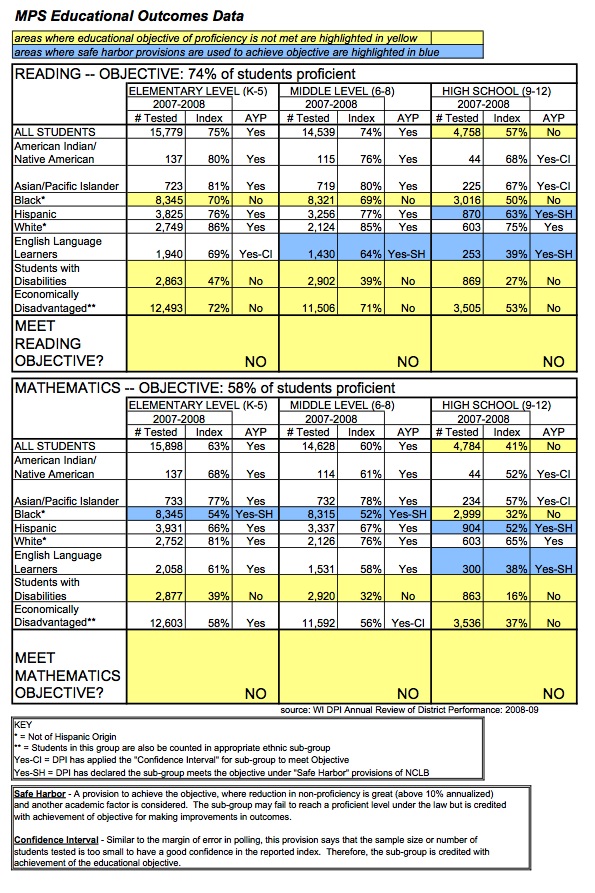I have similar concerns about “meaningful” implementation of the fine arts task force recommendations. The task force presented its recommendations to the School Board in October 2008, which were based in large part on input from more than 1,000 respondents to a survey. It was another 7 months before administration recommendations were ready for the School Board, and its been another 6 months since then without any communication to the community or staff about: a) brief summary of what the School Board approved (which could have been as simple as posting the cover letter), b) what’s underway, etc. Anything at a Board meeting can be tracked down on the website, but that’s not what I’m talking about. There are plenty of electronic media that allow for efficient, appropriate communication to many people in the district and in the community, allowing for on-going communication and engagement. Some of the current issues might be mitigated, so further delays do not occur. Also, there already is a blog in the arts area that is rarely used.
Afterall, one of our School Board members, Lucy Mathiak, has a full-time job (in addition to being a school board member) as well as having a lot of other life stuff on her plate and she’s developed a blog. It wouldn’t be appropriate for administrators to comment as she does if they are wearing their administrator hats, but concise, factual information would be helpful. I mentioned this to the Superintendent when I met with him in November. He said he thought this was a good idea and ought to take place – haven’t seen it yet; hope to soon, though.
In the meantime, I’m concerned about the implementation of one of the most important aspects of the task force’s recommendations – multi-year educational and financial strategic plan for the arts, which members felt needed to be undertaken after the School Board’s approval and in parallel with implementation of other efforts. Why was this so important to the task force? Members felt to sustain arts education in this economic environment, such an effort was critical.
From the task force’s perspective, a successful effort in this area would involve the community and would not be a solo district effort. As a former member and co-chair of the task force, I’ve heard nothing about this. I am well aware of the tight staffing and resources, but there are multiple ways to approach this. Also, in my meetings with administrative staff over the summer that included my co-chair, Anne Katz, we all agreed this was not appropriate for Teaching and Learning whose work and professional experience is in the area of curriculum. Certainly, curriculum is an important piece, but is not the entire, long-term big picture for arts education. Also, there is no need to wait on specific curriculum plans before moving forward with the longer-term effort. They are very, very different and all the curriculum work won’t mean much if the bigger picture effort is not undertaken in a timely manner. When the task force began it’s work, this was a critical issue. It’s even more critical now.
Does anyone have information about what’s underway, meaningful opportunities for community and teacher engagement (vs. the typical opportunities for drive by input – if you don’t comment as we drive by, you must not care or tacitly approve of what’s being done is how I’ve heard the Teaching and Learning approach described to me and I partially experienced personally). I so hope not, because there are many knowledgable teaching professionals.
I know the topic of this thread was talented and gifted, but there are many similar “non-content” issues between the two topics. I’m hoping to address my experiences and my perspectives on arts education issues in the district in separate posts in the near future.

